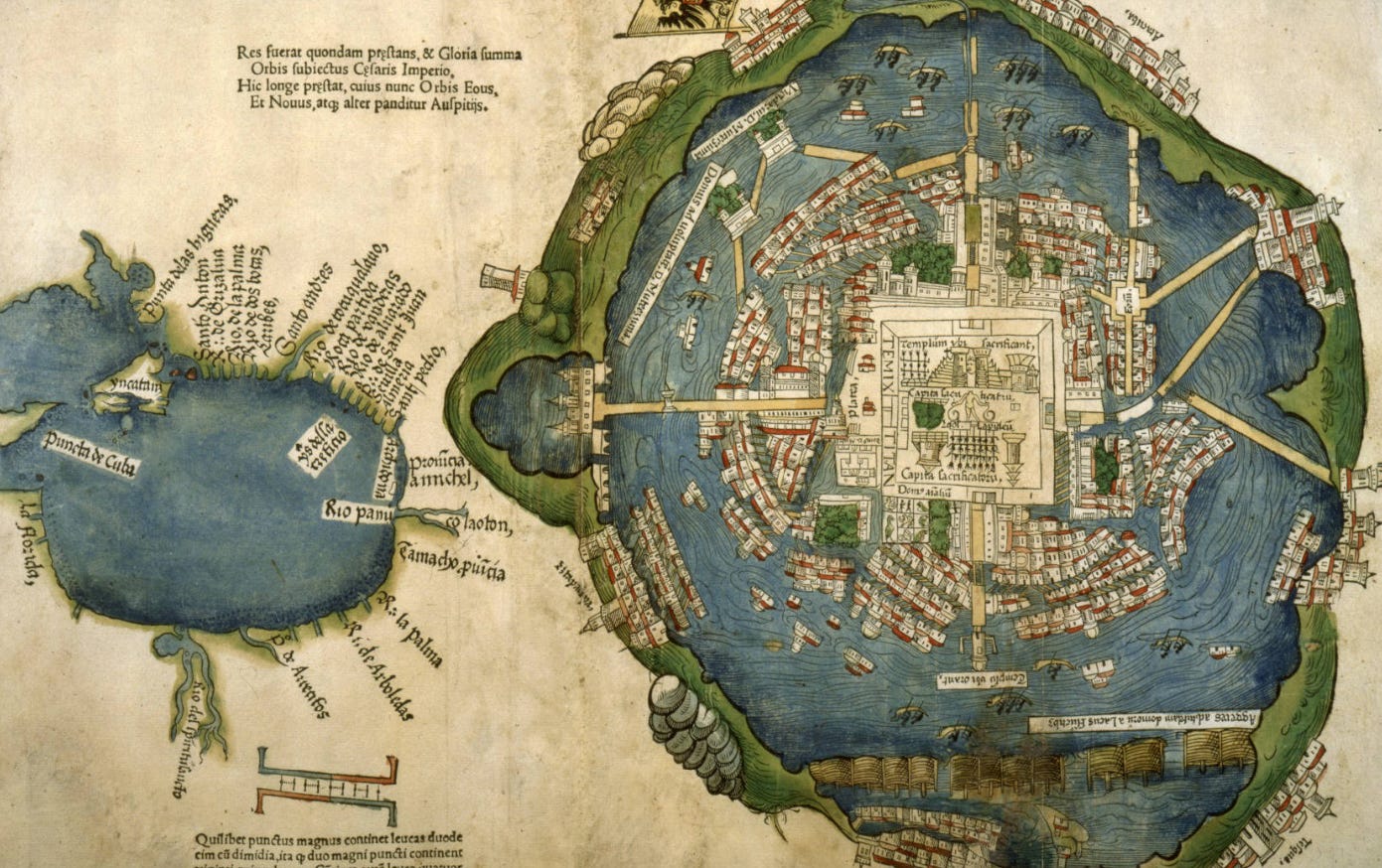Week signals: The hype power
Plus: watch points for Iran, Afghanistan, Cambodia, Thailand, Poland, Ukraine, and Russia.

Hello,
In this week’s edition of Week Signals:
IN REVIEW. Politics as performance, surviving the narrative, focusing on the real, and finding your centre.
UP AHEAD. The IAEA visits Tehran, the Taliban visits Islamabad, Southeast Asia’s fake war goes internal, Poland’s new president, and Russia’s deadline.
And don’t forget to connect with me on LinkedIn.
Week Signals is the Saturday note for clients of Geopolitical Strategy, also available to GD Professional subscribers on Geopolitical Dispatch.
The Week in Review: The greatest show on earth
The week began with an EU tariff deal at Donald Trump’s Scottish golf club. It ended with his order for nuclear submarines to be "positioned" following provocative social media posts from Russia's Dmitry Medvedev (what's good for the goose is clearly not for the gander). All significant global news stories had, in some way, links back to the White House. Seldom has the dominance of one institution, or one man, been so apparent.
The phrase "hyperpower", popularised by former French foreign minister Hubert Védrine in the 1990s unipolar moment, looks apt. Describing a singular superpower after the fall of the Cold War, Védrine's term was the single-word summary of books like Francis Fukuyama's End of History and the Last Man, or the late Robert Nye's Bound to Lead. Yet, as we’ve long said, we’re no longer in a unipolar moment, but in the emergence of a multipolar one – something that, despite his frequent attacks on the BRICS, Donald Trump himself also seemingly believes in. Can there be more than one hyperpower? Can a hyperpower share?
The questions need not be answered. Scratching the surface, it’s increasingly apparent that what’s hyper is in fact hype. The EU “framework” deal is less a negotiating endpoint than a starting point, which will need to be progressively unwound through carve-outs and side-letters in order to get ratified by all 27 EU members. The threats against Russia, themselves nothing new, should be seen more as a face-saving cover for an ultimatum that will likely be ignored. Fixer-in-chief Steve Witkoff is on his way to sort it all out. Trump won’t necessarily TACO, but he’ll delay and prevaricate, flooding the zone with something new so we quickly forget what he said yesterday.
The US is not the first “hype power”. There are templates to follow. From the Papal States (“how many divisions does the pope have?”) to the Aztecs (where ritualised violence managed to maintain an empire before the Spanish turned up), employing narrative myth and perception dominance has been such a trope of statecraft that it’s become a fairy tale. Trump has his gilded Oval Office. Napoleon III had the Tuileries. The latter was burned by the Paris Commune in the wake of his defeat by the more austere (and realist) Prussians. Let’s hope the White House’s vermeil figurines and Trump-branded coasters survive.
From trade to diplomacy to domestic policy (The One Big Beautiful Bill!), Trump’s power projection is theatrical and, at least so far, largely performative. Made for television and social media virality, his moves not only make it hard to separate signal from noise, but fact from fiction. And while institutions like the Federal Reserve and Supreme Court still provide guardrails, if Trump has his way, these too could depart reality to join Reality TV.
Other pillars of US power have already gone there. From the debate on Iranian centrifuges to claims about Barack Obama’s “treason”, the Office of the Director of National Intelligence seems to have put the nail, purposefully or not, in the security establishment’s credibility. From the 2025 budget to its insouciance on executive orders, Congress has seemingly given up its deliberative function. Ivy League universities are paying the president reparations that go way beyond any incidents of campus antisemitism. Several top law firms are cancelling their pro bono work over fear that this may enliven claims of wokery or worse. And now, in the last 24 hours, the Bureau of Labor Statistics has lost its commissioner, sacked for delivering a jobs report the president didn’t like.
Bond and currency markets continue to provide a semblance of objectivity, but equity markets have gone all-in on the zeitgeist, to use a currently popular hype-booster phrase. From crypto and Web3, to space-tech, biohacking and non-foundational AI start-ups, venture capital froth is contributing to a public market bubble. Today’s meme stocks and meme coins make the dot-coms of the late 1990s or the tulips of 17th-century Amsterdam seem tame. They, at least, didn’t have a compromised regulator on top, introducing legislation with names like GENIUS, to fan the flames.
So what is the geopolitically informed business or investor to do? What are the risks to avoid and the strategies to consider? How do you survive the age of hype power while keeping your feet on the ground and your assets safe?


